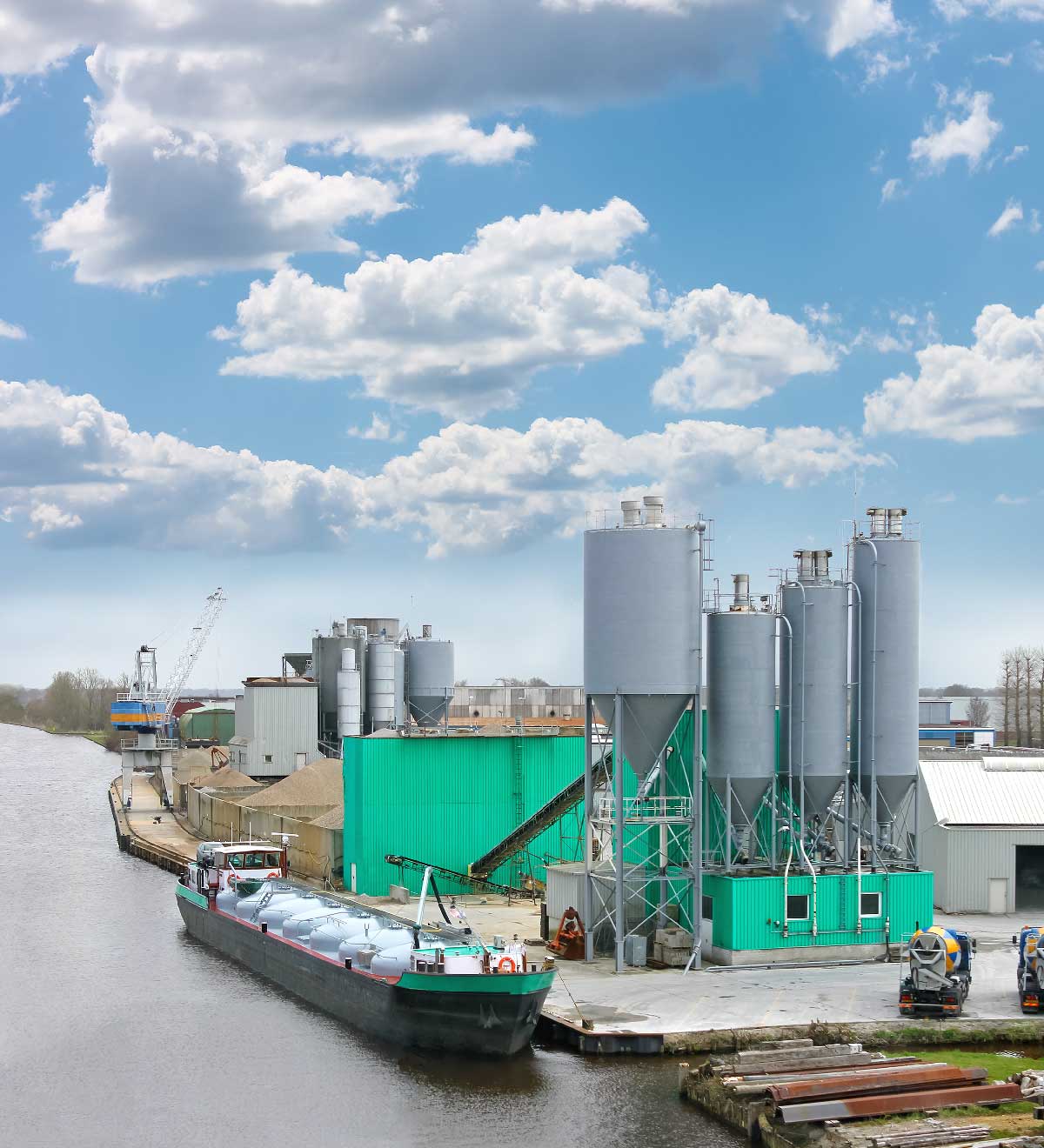Transport Efficiency
IN BRIEF
- Cement is a bulk product and road transport over long distances is not economically viable.
- Maritime and river bulk transport is very cost effective, which puts many European plants near sea and inland ports at risk of competition from cheap imports.
- The increased use of inland waterways and rail networks will decrease transport emissions.
- Using more locally sourced alternative fuels will lower transport emissions.
Cement is a heavy product and so are its raw materials. As the industry decarbonises its plant operations, transport could come to represent an increasing proportion of the cement industry’s greenhouse gas (GHG) impact. However, the industry is continuously working on solutions to reduce transport related emissions and expects to make significant progress on reducing emissions related to heavy haulage by mixing water and land based transport modes as well as improving transport efficiency.
A range of measures can be taken to reduce transport related emissions:
- In most cases, cement can be transported using efficient and low emission transport solutions, which should be encouraged.
- Building new plants near waterways or rail networks can reduce the share of road transport.
- If the amount of alternative fuels and clinker substitutes increases, efficient and low emission transport solutions have to be put in place to transport alternative materials to the cement plant.
- The share of inland waterway and rail transport can be increased at some plants with easy access to waterways or rail hubs.
POTENTIAL SAVINGS
If the share of road transport is reduced to 50% by 2050, with both rail and water representing 23% each, combined with innovation in the transport sector, it has been estimated that transport related emissions can be halved.
POLICY RECOMMENDATIONS
- Adopt a holistic industrial policy approach.
- Encourage the use of railway networks and inland waterways.
- Allow concentrations of interdependent industries in close proximity.
- Allow the development of quarries and cement plants in close proximity.

